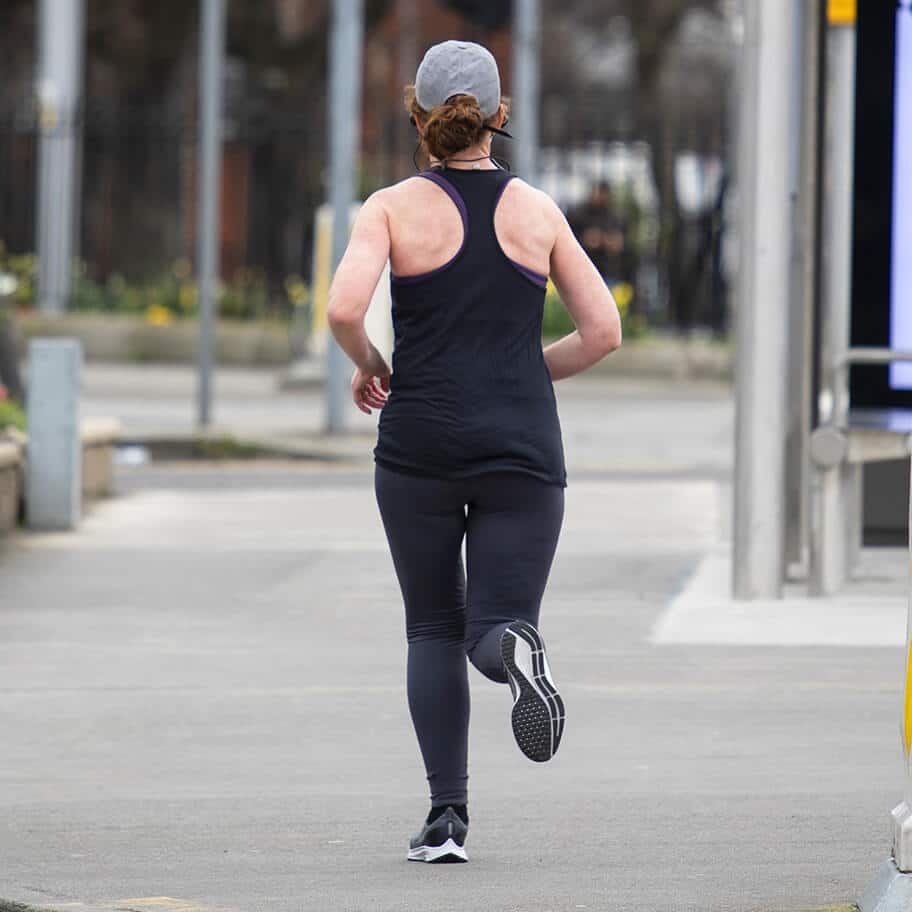Who is Liable?
The main cause of jogging accidents is tripping over obstacles and potholes. In many cases, it is the occupier of the land who is responsible for maintaining their property and as a result they may be found liable for any injuries which are sustained. It is important to note that claims made following an accident are made through the Personal Injuries Assessment Board (PIAB).
When making a personal injury claim it is important to determine who is liable for the cause of the accident. This is an important first step in the claims process which will also help to avoid delays. Following an accident in a public place, it can be difficult to determine who is liable for the cause of the accident. This will depend on where you were jogging at the time of the accident.
Public Property
If the accident occurred on public property it is likely that the local Council will be found liable as they are generally responsible for the maintenance and upkeep of public places. They have a duty of care to ensure that they provide a safe and hazard free environment for all visitors. A breach of their duty of care can lead to injuries being sustained. They have a responsibility to carry out frequent assessments of the area in order to identify and eliminate potential hazards. They also need to ensure that they make people aware of any risk that could lead to the occurrence of an accident. If it is found that an accident occurred as a result of negligence on their behalf, then they are likely to be found liable for the cause of any accidents or injuries sustained.
Private Land
Owners and occupiers of private land have a responsibility to ensure the health and safety of all visitors. This is stated in the Occupiers Liability Act 1995. The Act states that an occupier of a premises owes a reasonable level of duty of care to any visitors on their land. It is their responsibility to ensure that their property is maintained to a good standard so as to ensure the safety of both themselves and visitors. They are also expected to frequently assess the property to eliminate any potential hazards which could lead to an accident occurring. If it is found that an accident was caused as a result of their negligence or a breach of duty of care then they will be found liable.
Contributory Negligence
It is important to note that if the injured party has contributed to the cause of their accident, through contributory negligence, then they may not be entitled to make a claim for the injuries they have sustained. If it can be shown that they took reasonable steps to ensure their own safety then this may be reconsidered.
Common Injuries
Injuries sustained in jogging accident claims include:
Causes
Uneven Road Surfaces
This is a common cause of trip and fall accidents as an uneven road surface can make the chances of an accident occurring higher. This can lead to various injuries being sustained as a result. This is typically due to negligence in failing to maintain the area.
Potholes
It is important that potholes on the road or surface of a footpath are maintained and filled in adequately so as to avoid the risk of both a road traffic accident and a pedestrian accident. It would be very common that you could trip in a pothole and sustain various injuries. If you become aware of a pothole which could potentially lead to the cause of an accident it is important that you report this to your local council.
Failing to Carry Out a Risk Assessment
It is a requirement that all property owners or occupiers carry out frequent risk assessments in order to identify and eliminate hazards. This will also make them aware of the procedures which need to be in place in order to reduce the number of injuries that are sustained. The details of any assessments carried out should be kept on record for future reference also. This allows them to determine the severity of hazards and the potential accidents that could be caused as a result.
Lack of Adequate Footpaths
All public areas should have adequate footpaths to ensure the safety of pedestrians at all times. It is important that they are maintained and any hazards are dealt with in a timely manner. These paths should be adequate to allow people to travel in both directions. If there are no footpaths in place, joggers should travel against the flow of traffic on a straight road so as to reduce the risk of sustaining an injury. This gives you more time to react to risky situations.
What do I do if I'm involved in a jogging accident?
Following a jogging accident, there are a number of steps your should follow:
-
Seek medical attention
Your health is your wealth and should be your first priority. Immediately after an accident, take a second to assess yourself to determine if you have any injuries. Then check if anybody else involved in the accident needs medical attention. If anybody has sustained a serious injury, ensure that you contact an ambulance to attend the scene.
You must remember that minor injuries where you ‘feel fine’ could progress to a more serious injury in the future. In this case, it is always better to be safe than sorry and advisable that you go to your nearest accident and emergency (A&E) or local GP to be checked out.
-
Report the accident
It is important that you report the accident to the appropriate county council. You may be required to assist to fill in an accident form. This is to provide them details of how the accident occurred and details of the injury. You should also request that they preserve any CCTV footage.
-
Identify any witnesses
Collect contact details of any witnesses to the accident – their names and contact information.
-
Document the incident
It is important that you collect all the relevant information in connection with your accident:
- How the accident happened, time and date of the accident.
- Details of any witnesses to the accident (Including staff and other customers); their names, contact information.
- If there are any CCTV recordings of the accident.
- Take pictures from different angles of where the accident happened and what caused you to slip, trip or fall.
- Take pictures of any injuries you suffered, this will help your solicitor to understand how the accident happened.
-
Speak to a personal injury solicitor
If you are considering moving forward with a claim for any personal injuries sustained, it is advisable that you speak with a public place accident claims solicitor as soon as possible. If you are proceeding with a claim, the first step will be submitting your claim to the Injuries Board for assessment. A solicitor can help you prepare your application to the Injuries Board and ensure that you follow the process in the correct format, meaning that you can move forward with your claim quickly without unnecessary delays.
It is important to remember to keep copies of any expenses that you have incurred as a result of the accident. It is also imperative to retain copies of medical reports or incident report forms where possible as you will need them when making a claim.

